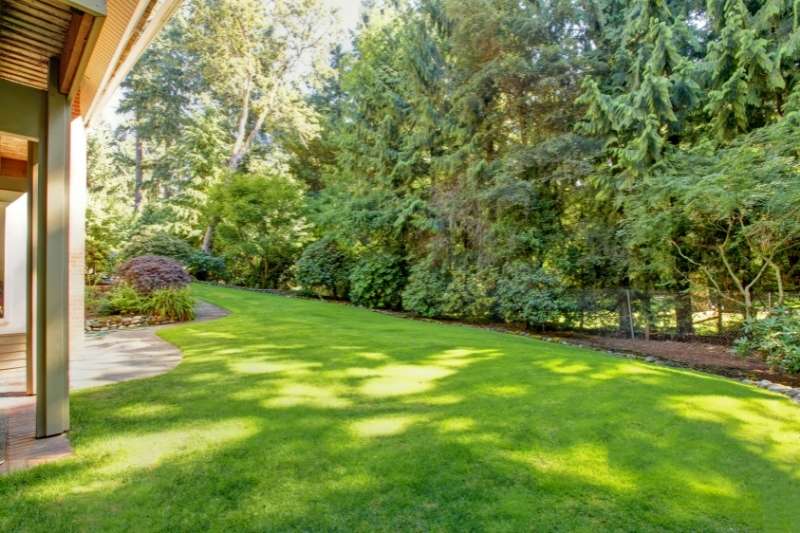Lime can be applied to a lawn or garden any time of year that soil isn’t frozen, but it is most often done during spring or fall. The need to lime can be determined by soil tests. Working towards an ideal pH level will help bring the soil into balance and allow for optimum nutrient uptake.
What is Lime?
The lime you apply to a lawn is limestone or chalk. The main component is calcium carbonate. There are several types of lime. You can determine which one you need with a soil test. Lime with a high calcium content is referred to as calcitic lime and has the added benefit of adding calcium to the soil. Some limestone contains a significant amount of magnesium and is referred to as dolomitic lime. Dolomitic lime adds magnesium to the soil and could be used if soil tests indicate a magnesium deficiency.
Why Lime?
Lime is the most common way of changing pH of soil. Soil pH is a measure of a soil alkalinity or acidity. A soil is acidic, or “sour”, if it has a pH below 7.0 (neutral). You may need to add lime to your soil if a soil test indicates a pH level below the optimum of 6.0 or 7.0. Soils can be naturally acidic but can also be acidified over time by natural leaching, the use of some nitrogen fertilizers, excessive rainfall or irrigation, and acidic water sources. A pH below 6.0 binds important plant growth nutrients in the soil, making them unavailable to the plant. As a result, turf declines. Symptoms include loss of color, reduced vigor and diminished ability to recover from heat and drought stress.
How Much Lime is Necessary?
Soil tests will indicate the amount of pure calcium carbonate to apply in pounds per thousand square feet. Match the needs of the soil test to the amount of pure calcium carbonate indicated on the bag and apply with a lawn spreader.
(Mr. Burger recommends adding 1# of lime per 100 sq ft or 10# for 1000 sq ft to raise the pH level by 0.1. Example: If your pH reading is 6.9; you should add one pound of limestone for every 100 sq ft to obtain a 7.0 pH reading. Doubling up doesn’t catch up however! It typically takes 6 to 8 weeks for the lime to be absorbed into the soil and before you will start to see the benefits. If your soil is very acidic; Mr. Burger suggests applying lime at the recommended rate in the spring and fall until the desired pH balance is achieved.)
Pulverized lime is powdery and messy to apply, often causing lime dust to blow everywhere. Pelletized lime is more expensive but is made into dust-free pellets which dissolve with subsequent rains or irrigation.
Kelly Burke is responsible for some of the content in this article.


